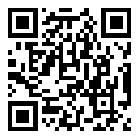Product List
Contact Us
Email:qiao@hvtest.cc
Mobile:+8615871365102
What's app:+8615871365102
-
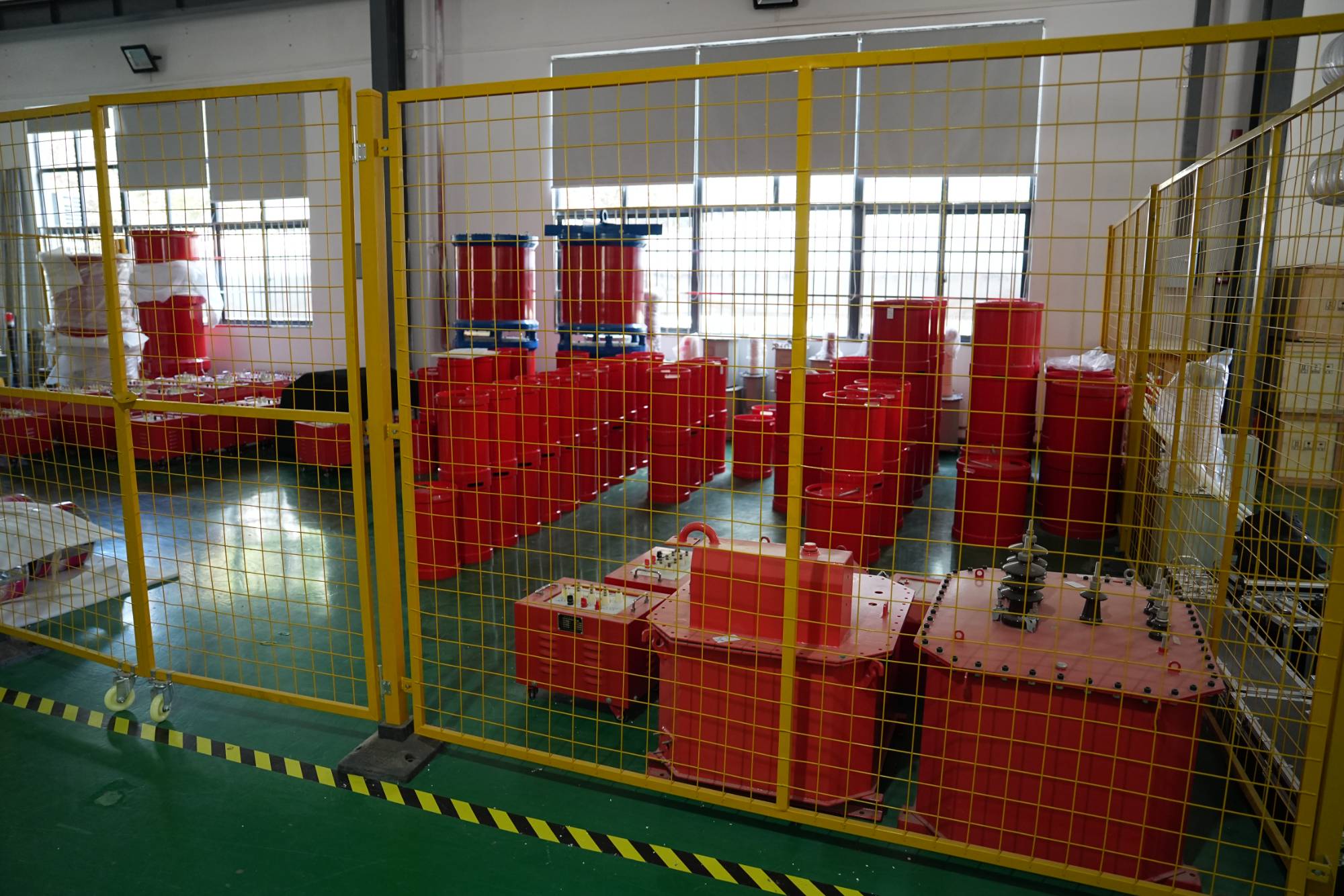
Series resonance manufacturers can provide one-stop services
2025-11-04Series resonance (also known as variable frequency resonance) now has great practical value and has a very good effect on factory equipment testing. However, before purchasing, it is also necessary to understand what services the series resonance manufacturer can provide in order to know if it is worth it. However, the following two aspects can tell you that series resonance manufacturers can provide one-stop services.Firstly, many people have a certain understanding of series resonance, but there may be some minor issues during operation that they do not know how to solve. If these issues are not resolved, it will definitely directly affect the specific equipment testing, and even lead to non-standard testing data. However, after the series resonance manufacturer sells their equipment, they will also provide excellent technical guidance and training. If there are any problems, customers can communicate with the manufacturer's staff. Professional staff will tell everyone how to ope
MORE -
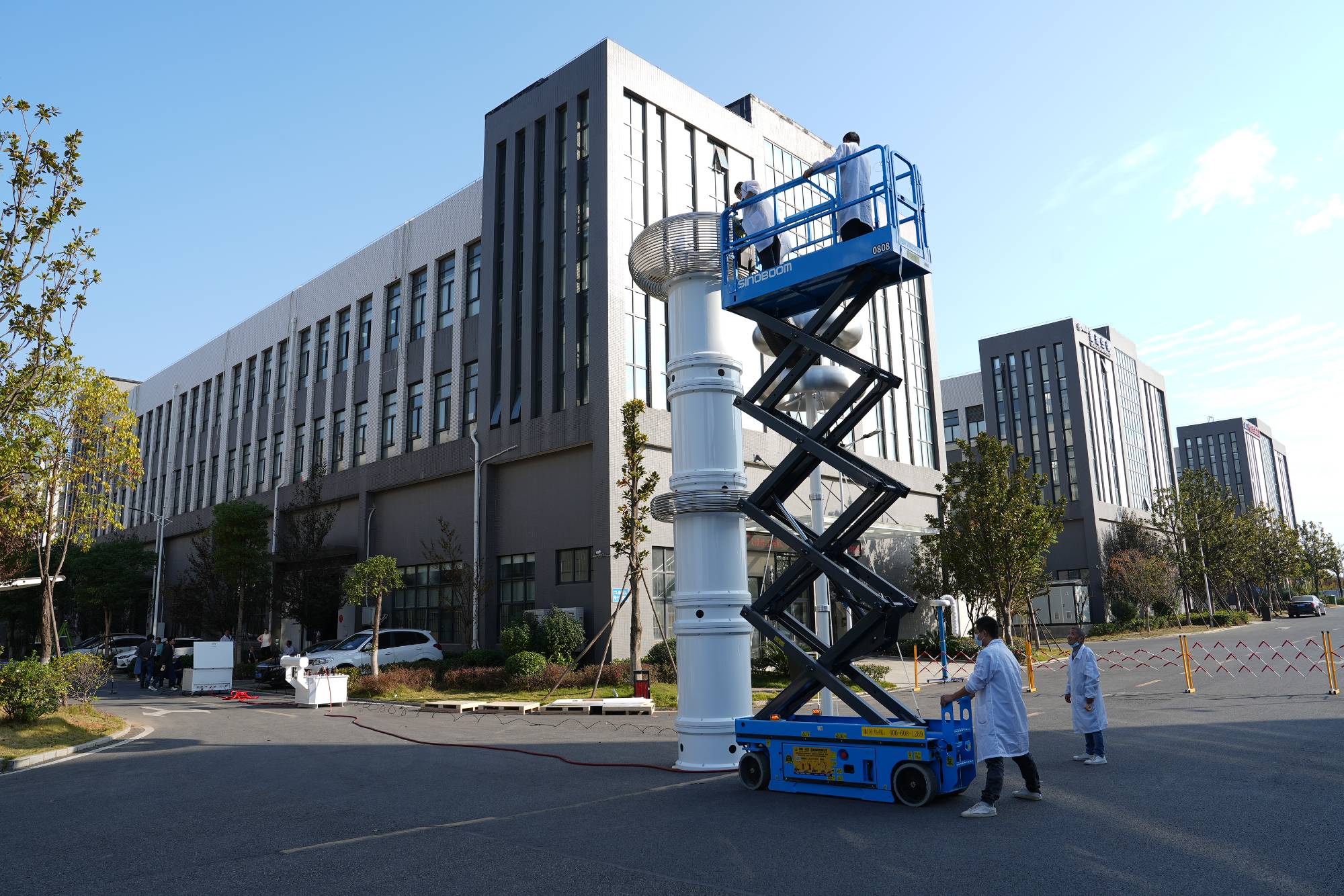
The series resonance manufacturer has a guaranteed reputation and is very trustworthy
2025-11-04If you don't find a good manufacturer when choosing a series resonance (also known as a variable frequency series resonance withstand voltage device), it will directly affect the entire purchase and use, and even make your money go to waste. Now, the reputation of series resonance manufacturers is guaranteed and worth trusting.Firstly, many people are not only worried about the quality of series resonance when choosing it for the first time, but also about its manufacturer's poor reputation, lack of high credibility, and good reputation, so that their choice can be based on its overall reputation or have a very good guarantee. For example, when customers purchase a series resonance, they promise a three-year warranty and lifetime maintenance. This is not a simple statement, but a promise made to customers. When customers really encounter problems when using series resonance, professional staff can be sent to the site to help customers solve facility and equipment problems witho
MORE -
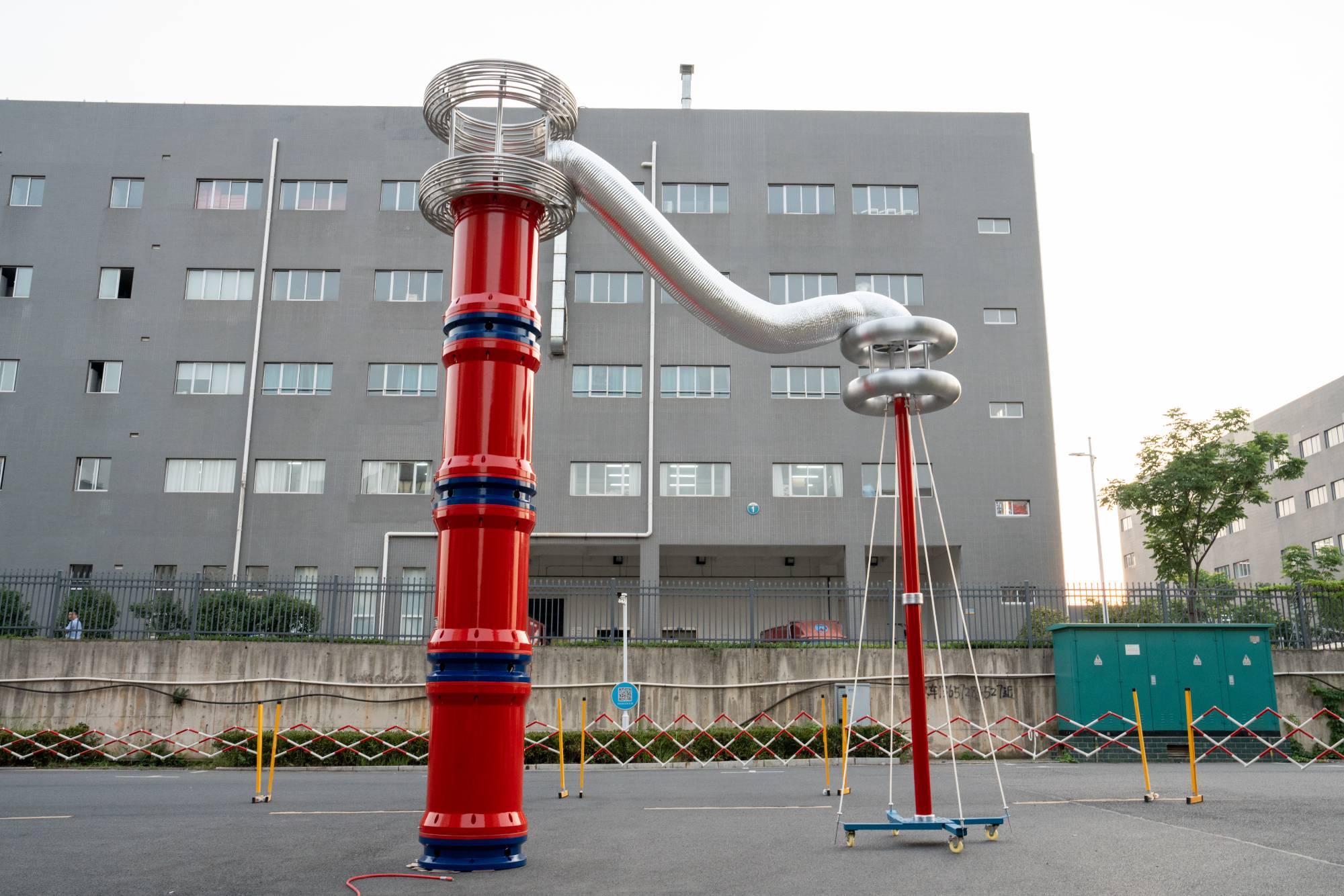
High quality series resonance suppliers are important
2025-11-04Every factory hopes to choose a very good device when choosing series resonance, which is convenient for the detection of factory equipment. However, before choosing series resonance, it is very important to find a high-quality series resonance supplier.First of all, let's think about it. If the series resonance supplier you choose is not good and cannot guarantee that the series resonance device you choose has very strong quality, stable performance, and very accurate detection data. Before choosing a series resonant supplier, it is necessary to compare and understand different suppliers, so as to find a high-quality supplier and ensure greater security in the entire selection process. Because good suppliers can fulfill their promises and provide excellent after-sales service to customers, professional operation training is possible. Therefore, before choosing series resonance, it is necessary to have a comparative understanding of suppliers in the market.Secondly, high-quality se
MORE -

Is series resonance good and how is its usability?
2025-11-03Faced with various series resonances in the market, many people also ask whether they are good and practical when choosing? Only after determining these two points can we know whether it is worth choosing whether it can improve the production capacity of factory equipment.Nowadays, there are diverse styles of series resonance devices, and many factories can choose them according to their actual needs. One type is very suitable for the actual needs of the factory, and its quality is very strong, small in size, and light in weight, which can be carried around. It has become an essential device for detecting many work equipment. Therefore, it can be understood that series resonance is still a very good equipment detection device, with increasingly prominent value and suitable for the needs of different factories. Its performance is very stable, and it will not be affected by electromagnetic field interference or unstable current and voltage interference during use. It can always detect wi
MORE -
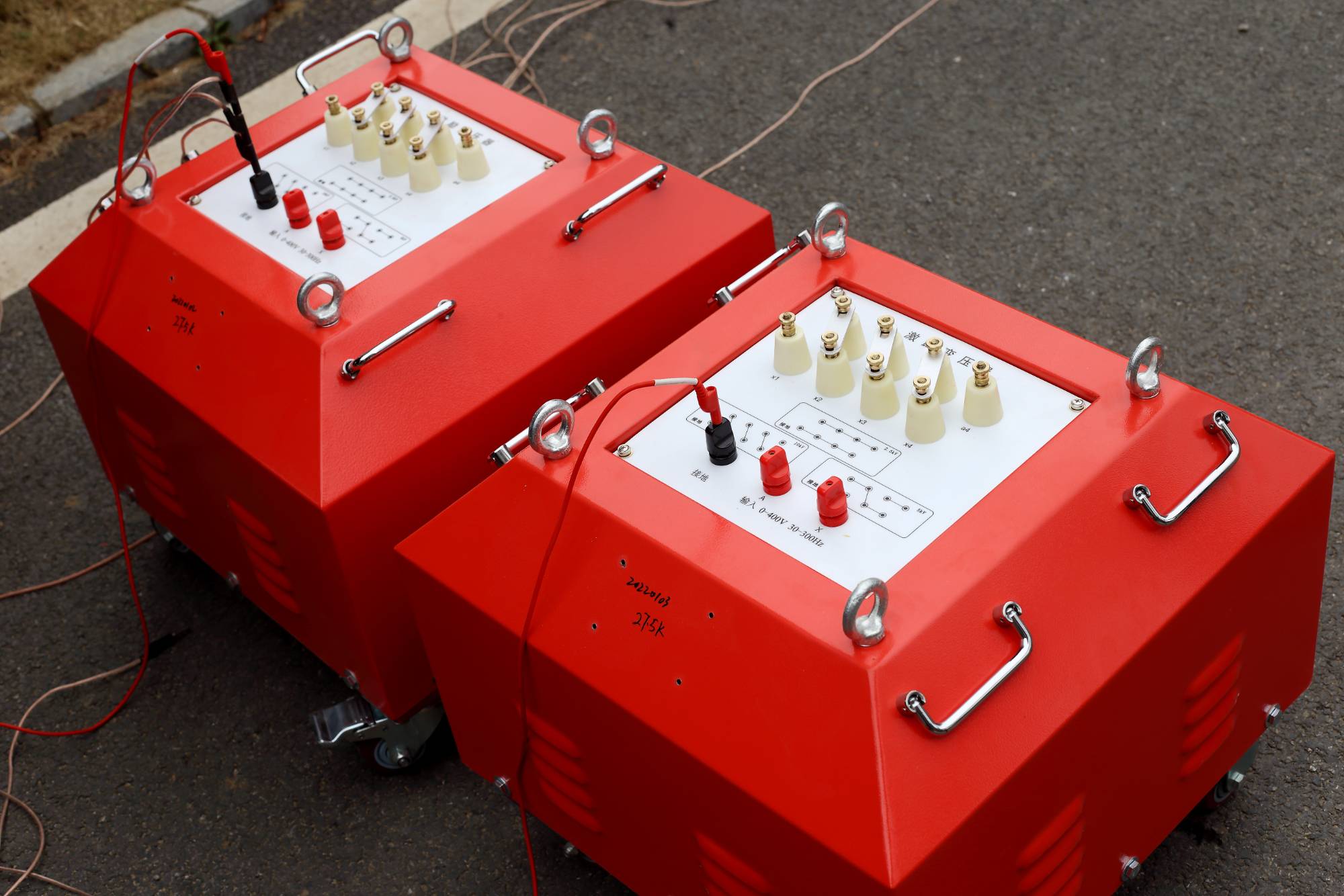
How to choose a cost-effective series resonance?
2025-11-03When testing equipment, it is necessary to choose a very good testing device in order to achieve a higher level of testing. Series resonance (also known as variable frequency series resonance withstand voltage device) has been applied in many different factories, and choosing a cost-effective series resonance is also a very important thing. Let's talk about how to choose it.If you want to choose a cost-effective series resonance, you need to pay attention to the issue of brand awareness. After all, if you want a monitoring device with particularly good performance, you can complete the inspection of factory equipment in a very short time and obtain the most accurate monitoring data. On the contrary, if you choose a brand with low popularity for series resonance, it may also result in the selected series resonance not being very practical. Even when using series resonance detection, there may be intermittent performance and inability to protect equipment resistance voltage.When choo
MORE -
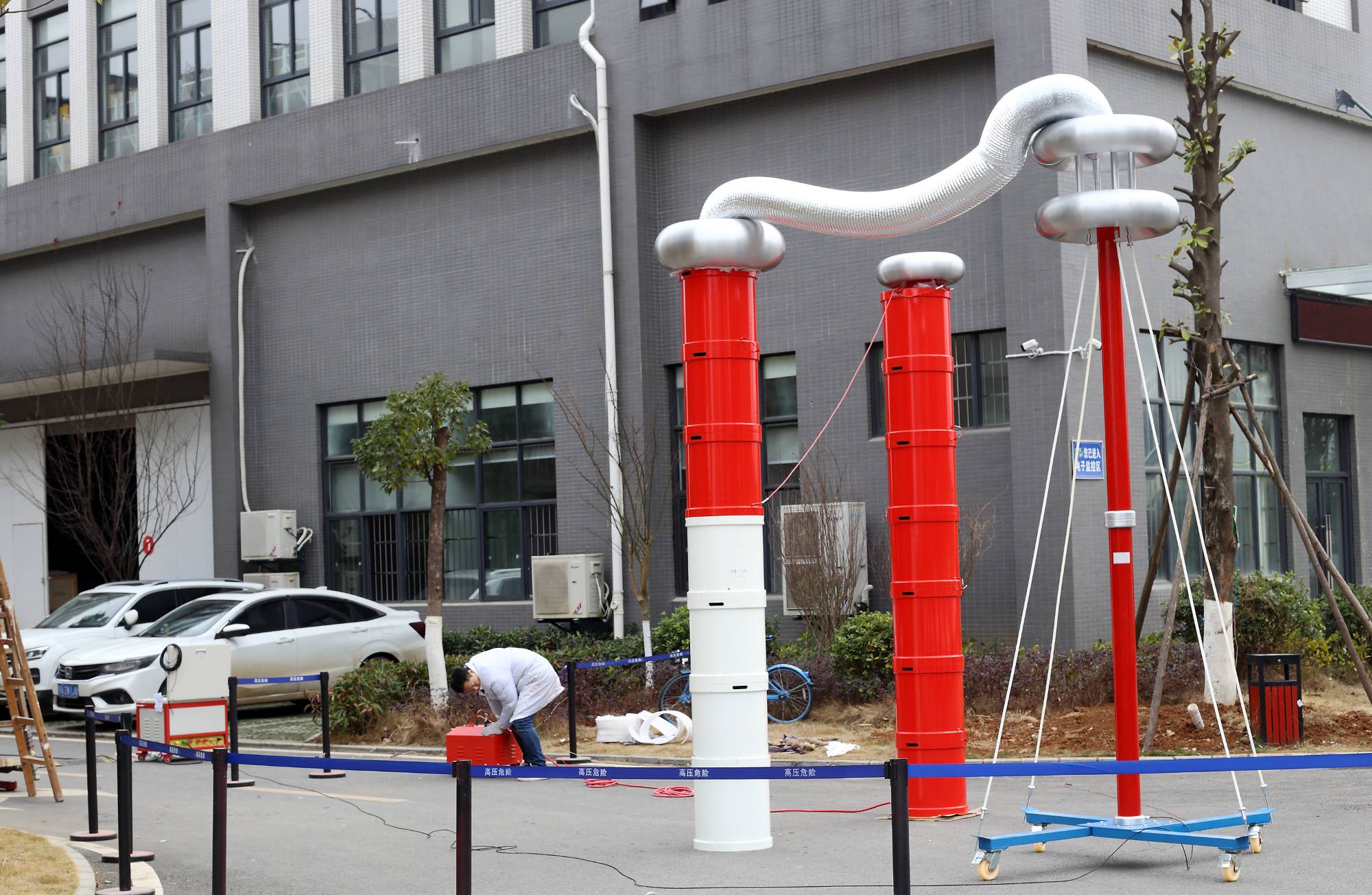
Measures to prevent resonance overvoltage
2025-11-03Measures to prevent resonance overvoltage? Wuhan UHV specializes in producing series resonant devices, with a wide range of product selection and professional electrical testing. When looking for series resonant devices, choose Wuhan UHV. Measures to prevent resonance overvoltageWhen the system resonates, under the action of resonance voltage and power frequency voltage, the magnetic density of the PT iron core quickly saturates, and the excitation current increases rapidly, which can cause serious overheating and damage to the PT winding (all PTs in the same system are threatened), and even cause bus faults and large-scale power outages. Therefore, how to quickly eliminate resonance when it occurs is the key to ensuring the safe operation of the equipment. 1、 Classification of Resonance and Analysis of Resonance PhenomenonThe resonance of a 6kV neutral ungrounded system can be divided into three types: fundamental resonance, high-frequency resonance, and frequency division resonance
MORE -
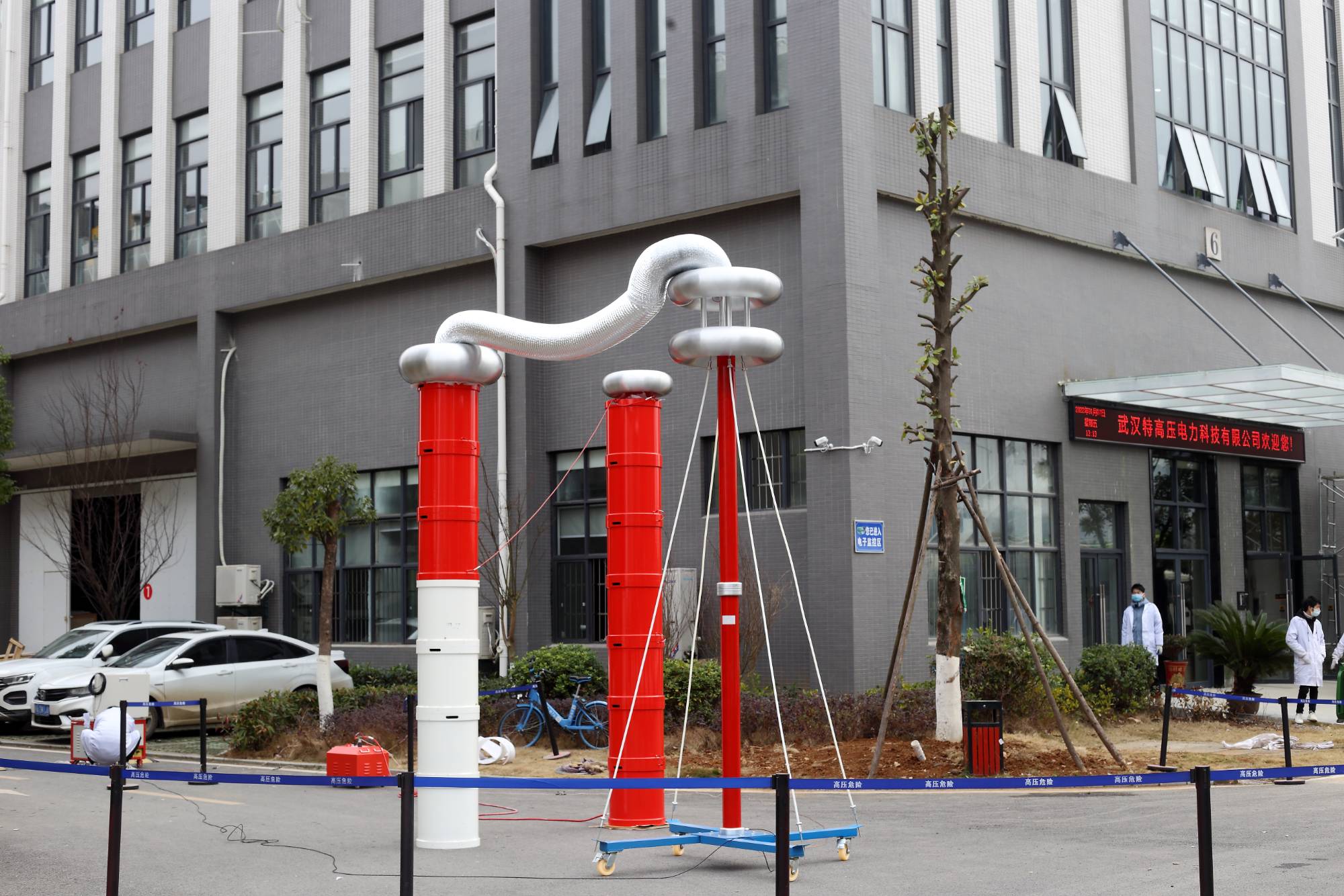
What aspects can determine if a series resonant brand is worth choosing?
2025-10-31Due to the fact that many factories now require good series resonance (also known as AC withstand voltage testing devices) for testing and stabilizing production efficiency, they also hope to purchase good series resonance brands. From what aspects can we determine which series resonance brand is worth choosing?Perhaps many people have this doubt when choosing a series resonance brand, worried that the chosen series resonance brand is not good, and feel that they have suffered a lot of losses. In fact, there are many ways that can be utilized when choosing a series resonance brand, such as understanding the length of time the brand has been established. The short time of the series resonance brand indicates that it is a newly established brand and cannot obtain very good guarantees in terms of technology or production technology. When using it, one may not be particularly confident. If the selected series resonance brand has been established for a long time and has a certain historical
MORE -

Capacitor inductor series resonant circuit
2025-10-31Capacitor inductor series resonant circuit? Wuhan UHV specializes in producing series resonant devices, with a wide range of product selection and professional electrical testing. When looking for series resonant devices, choose Wuhan UHV.There are many components composed of inductors and capacitors in the power system, such as equivalent inductance of power transformers, mutual inductors, reactors, generators, etc; Series and parallel capacitor banks for compensation, ground and phase to phase capacitance of line conductors, and equivalent capacitance of various high-voltage equipment. The combination between them can form a series of oscillation circuits with different self oscillation frequencies, and under certain conditions, can form a long-lasting ferromagnetic resonance overvoltage. In a series circuit composed of inductors and capacitors, when the capacitive reactance XC is equal to the inductive reactance XL, i.e. XC=XL, the phase of the voltage U and current I in the circui
MORE -
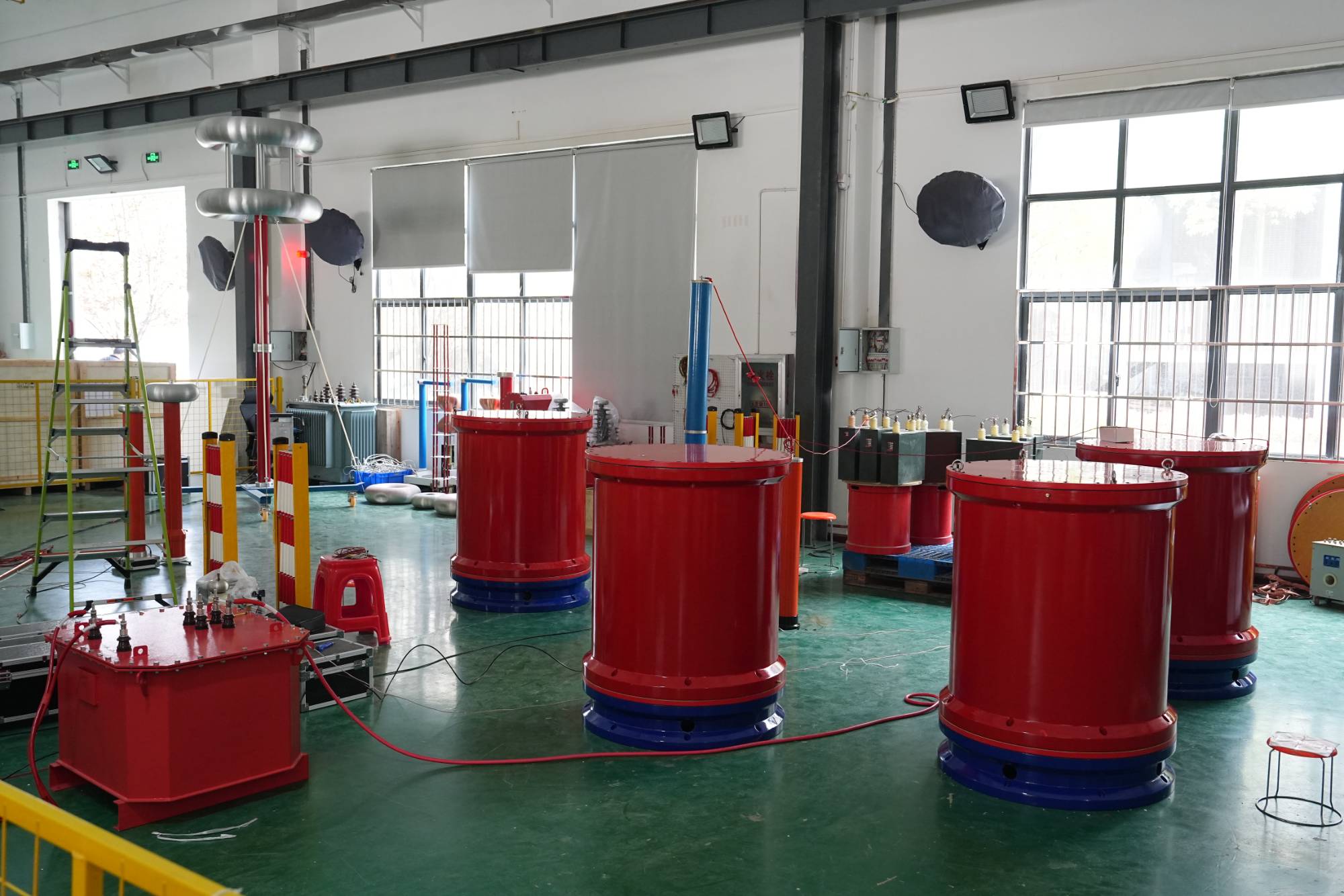
Research on the Characteristics of AC Resonant Circuits
2025-10-31Research on the Characteristics of Communication Resonant Circuits? Wuhan UHV specializes in producing series resonant devices, with a wide range of product selection and professional electrical testing. When looking for series resonant devices, choose Wuhan UHV.In circuits containing capacitors and inductors, if capacitors and inductors are connected in parallel, it may occur within a small period of time: the voltage of the capacitor gradually increases while the current gradually decreases; At the same time, the current of the inductor gradually increases, while the voltage of the inductor gradually decreases. And in another very short period of time: the voltage of the capacitor gradually decreases, while the current gradually increases; At the same time, the current of the inductor gradually decreases, while the voltage of the inductor gradually increases. The increase of voltage can reach a positive maximum value, and the decrease of voltage can also reach a negative maximum valu
MORE -
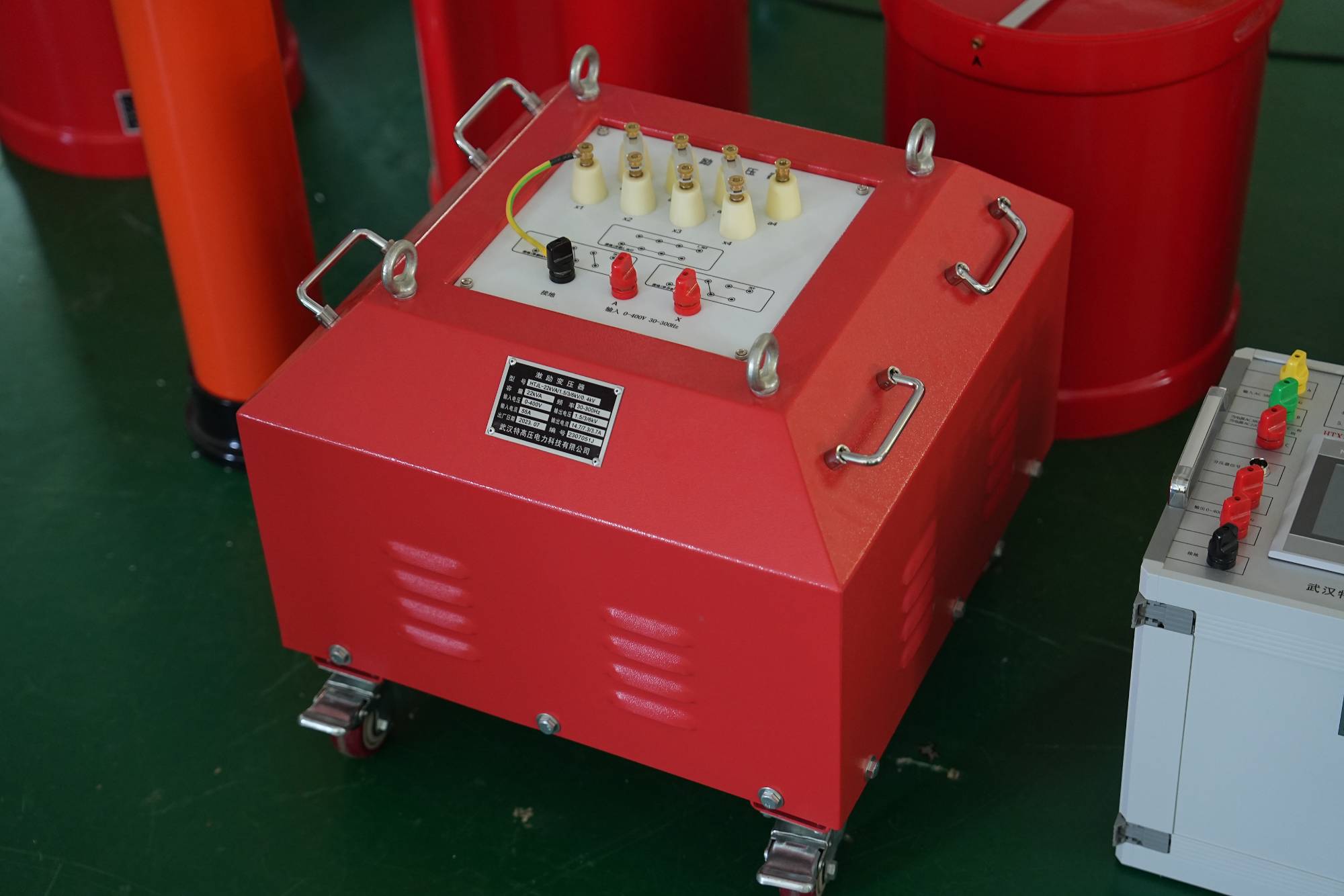
How can series resonance be relatively stable during use
2025-10-30The main purpose of using series resonance (also known as variable frequency resonance test device) for experiments is to maximize its advantages and ensure relatively stable voltage during use.In the process of conducting series resonance experiments, it is generally necessary to conduct multiple experiments in order to compare better performance during use. So generally, there won't be many problems during use, and only then can we ensure a smoother use of electricity. Therefore, during installation, it is necessary to follow the corresponding experimental data.Secondly, professional personnel must be responsible for installation during the use of series resonance, so as to effectively ensure the effectiveness of use and avoid many problems during installation. These are also some points to pay attention to when using this type of equipment. Only in this way can the advantages of the product be more prominent during use.In addition, when conducting series resonance experiments, i
MORE -

How to understand experimental cases of series resonance
2025-10-30Series resonance (also known as series resonance withstand voltage test device) is a device that will be used in the process of use, and there are many requirements that need to be met during the use of this device. Moreover, as long as we briefly understand it on the website, we can clearly understand the importance of this experiment. So how can we accurately understand the true situation of the data from these experimental cases?In the process of understanding, such experiments are generally targeted to a certain extent. So basically, the data is more suitable for personal use. However, in the process of conducting experiments, it is important to pay attention to how many times it is repeated, so that the effectiveness of use can be more professional. Therefore, special attention must be paid to these issues, only in this way can the effectiveness of use be effectively guaranteed. And it can also avoid many problems during use.Secondly, in the process of use, we all know that series
MORE -
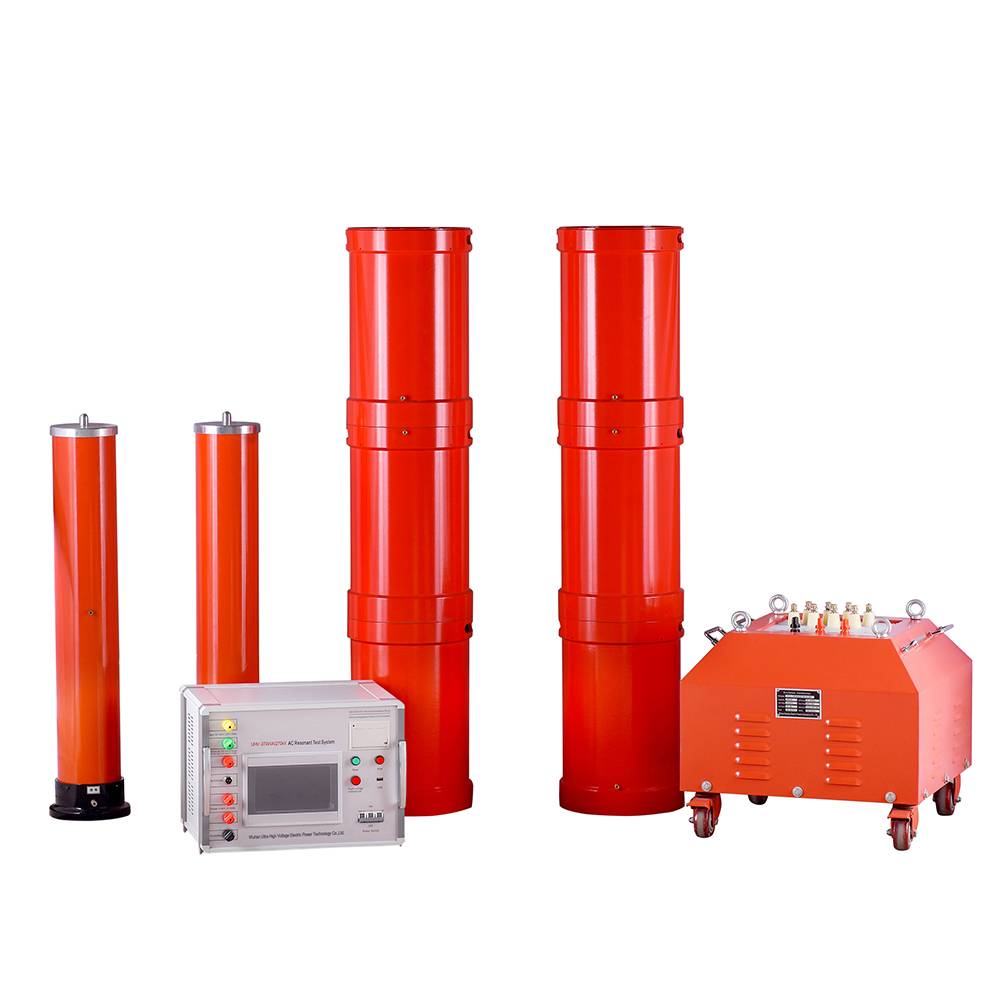
What are the prerequisites for series resonance test?
2025-10-30Series resonance basically belongs to some electrical tests in the process of free use, and there are also many issues that need to be paid attention to during the testing process, so that its advantages can be better highlighted during use. However, in the process of testing, it is not just about conducting tests, there are a series of advance conditions that need to be met, which need to be understood clearly.Firstly, in the process of conducting a series resonance test device, it is necessary to conduct a simple analysis of this method, as different data needs to be obtained during the experiment, and the results will also be completely different during the experiment. So don't rush to conduct experiments while obtaining the experimental data. Let's first analyze what subjects are needed in the experiment, what accessories are needed, and so on. After preparing a series of conditions for the series resonance test, the next step is to select different data so that the voltag
MORE -
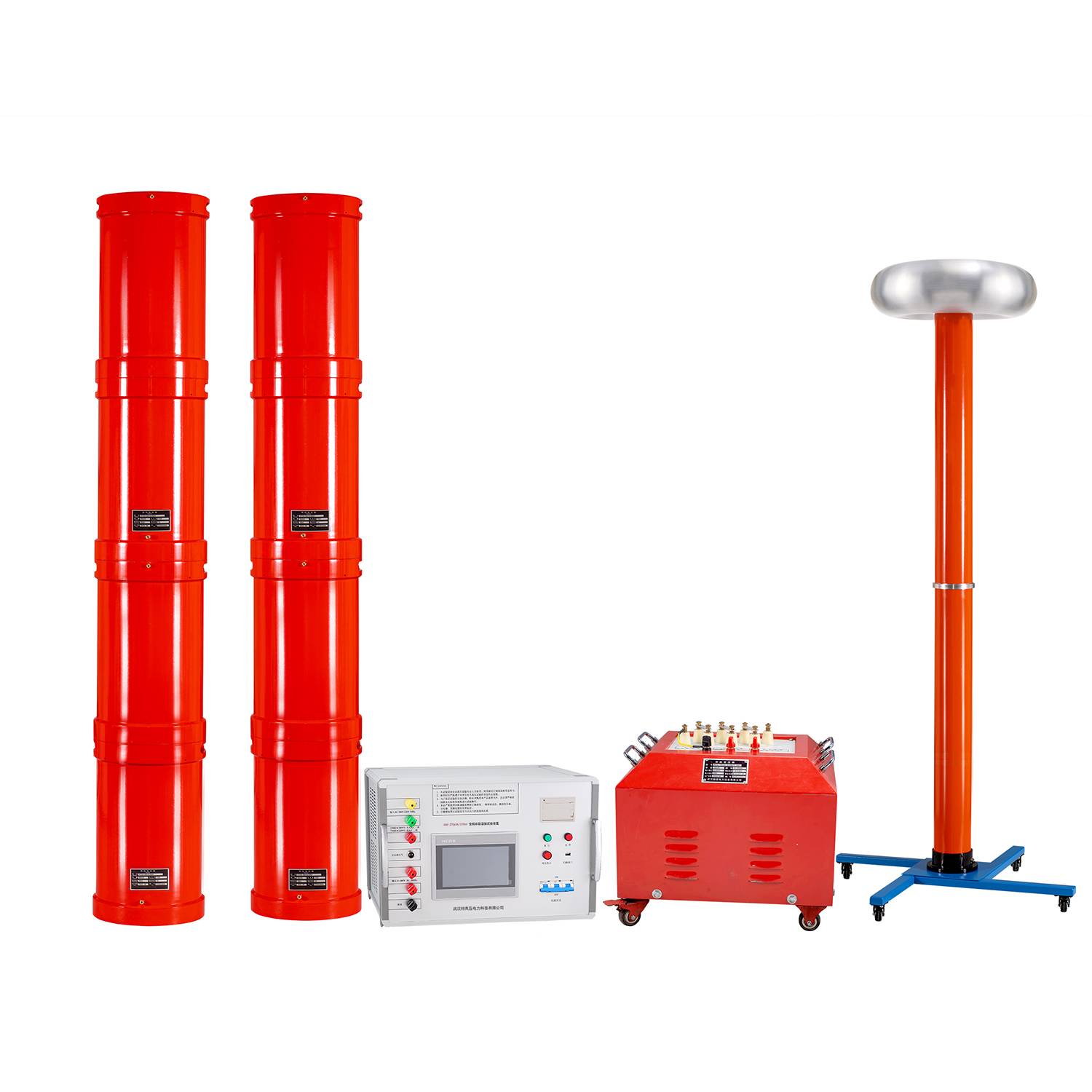
What should be noted when maintaining series resonance?
2025-10-29No matter how good the testing equipment is, it requires very good assistance in use to stabilize its testing performance and extend its lifespan. So, what should be paid attention to when maintaining the series resonance (also known as the cable withstand voltage test device)?Firstly, when maintaining series resonance, everyone only needs to understand the correct maintenance method. Some people think that the operation of series resonance is relatively simple and the performance is relatively stable. Therefore, according to their previous understanding of it, they can have a very good maintenance effect. But if people really think like this, it is very likely to lead to more problems when implementing maintenance measures, and it will also result in poor maintenance effectiveness, affecting the accuracy of equipment repair and detection, and unable to provide a very good fault detection report or a very good solution to restore the production efficiency of factory equipment. Therefor
MORE -
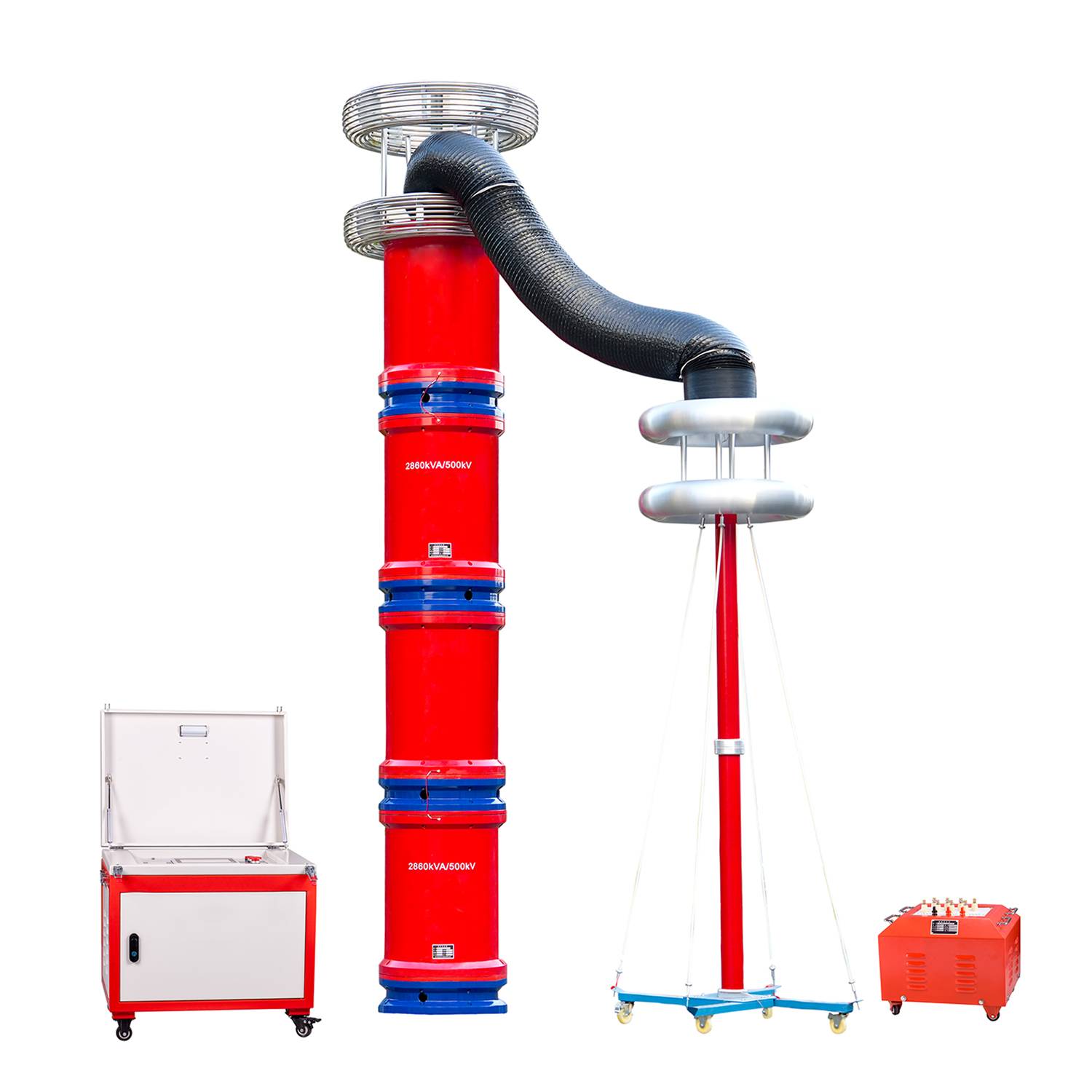
What is the way to distinguish the quality of series resonance?
2025-10-29The factory chooses a good testing device. The factory equipment has very complete testing. Of course, when choosing a series resonance (also known as a power frequency withstand voltage tester), it is also necessary to understand the way to distinguish the quality of series resonance? Since you are spending money to purchase it, you definitely need to ensure that its performance is very comprehensive and the test results are very good in order to meet the selection needs of your factory.When choosing a series resonance, it is necessary to have an understanding of both its manufacturer and the manufacturer's production process. The manufacturer has good strength and a very sophisticated production process, which can naturally produce series resonance with particularly good performance and very simple operation. When using series resonance to test factory equipment, it can also save a lot of time and energy, allowing everyone to feel its high value throughout the entire testing proc
MORE -
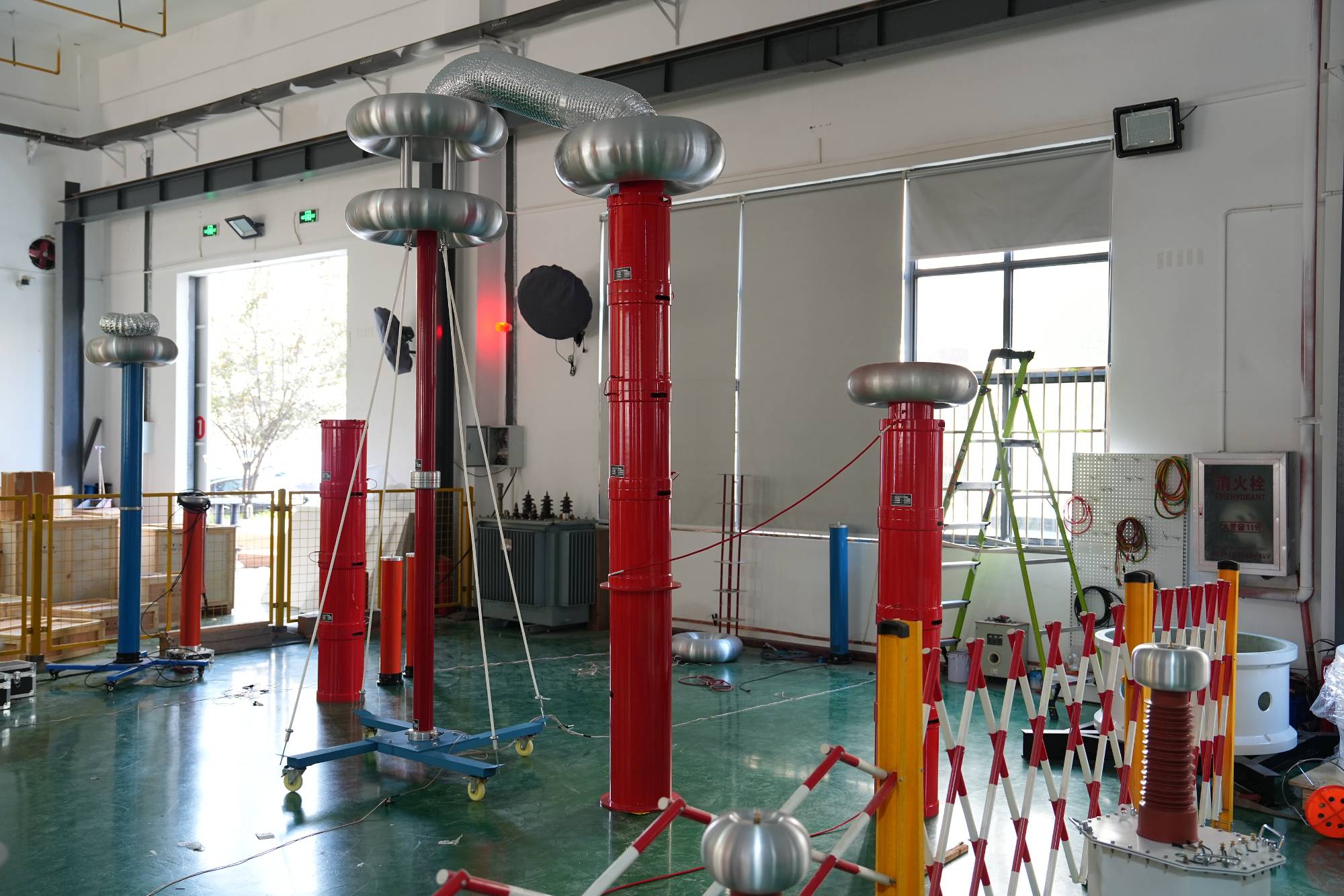
How to choose a suitable series resonance?
2025-10-29There are many different series resonances (also known as AC withstand voltage test devices) in the market now, which makes many people confused when choosing. It is very important to choose a very suitable series resonance that can meet the equipment testing needs of one's own factory. So, how to choose a suitable series resonance?When choosing a suitable series resonance, the first step is to determine the style and specifications of your detection device. If the series resonance style and model you choose do not match the style and model you install, even if you purchase a series resonance with good performance, it will not highlight its very accurate detection ability and will bring you great trouble. Because choosing a series resonance is a very complex matter, it is necessary to consider its manufacturer's reputation and strength. Therefore, when choosing a series resonance, it is also necessary to consider the model of the factory equipment, and then select a series reso
MORE -
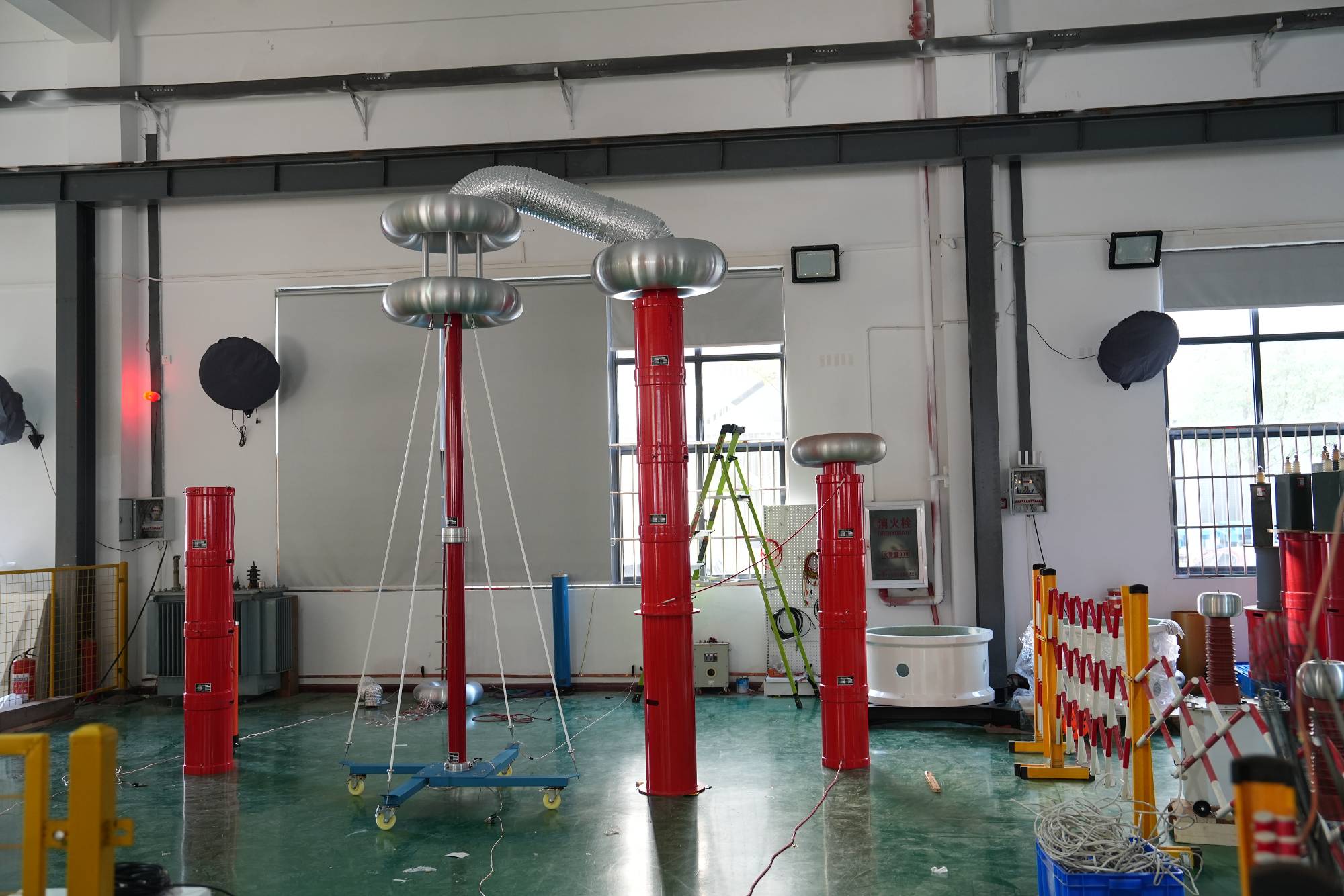
Why does series resonance have similar characteristics to power sources?
2025-10-28Usually, we will find that series resonance (also known as series resonance test device) has similar related characteristics of the power supply, and the reason for its similar related characteristics is also due to its own basic circuit structure. For a current source, its characteristic is that the current value it outputs is not affected by external loads and is only related to its own factors.And for the voltage source, its output voltage is also related to its own factors, and has no relationship with other external loads. At the same time, they will not be affected by external loads or factors that cause changes in voltage and current. Simply put, as long as they do not change themselves, the values they output are constant.Usually, when we refer to a component with similar power characteristics, it means that its output power is independent of other external factors or has little relationship with other load factors. Therefore, we call it a component with similar power character
MORE -
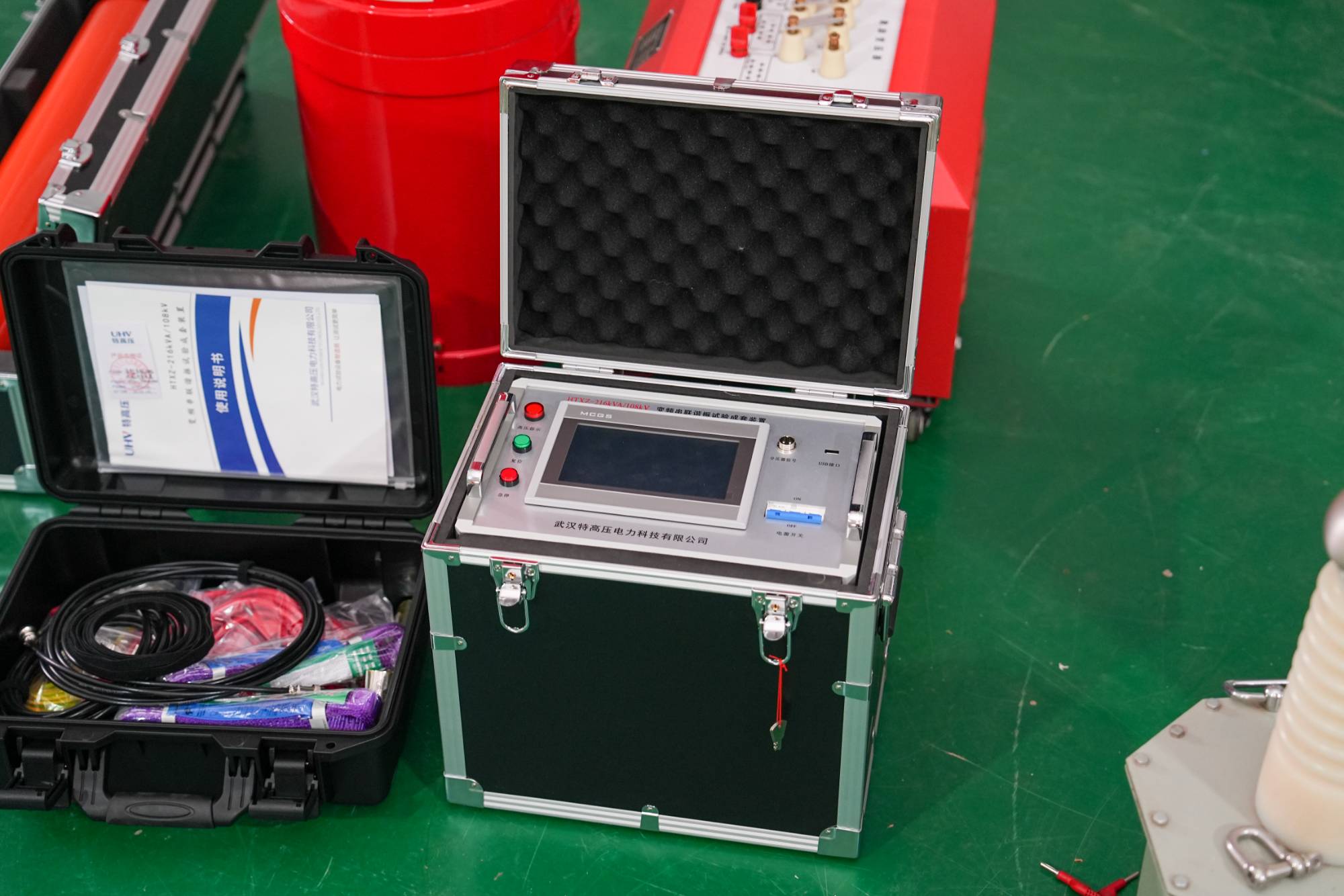
What are the sources of frequency error in series resonance?
2025-10-28Series resonance (also known as variable frequency series resonance withstand voltage device) may inevitably experience some errors during use. So, what are the main sources of frequency errors? Firstly, it is possible that there may be errors between the resistors, capacitors, inductors, and other instruments used in the experiment and their rated values. However, the errors caused by this may not be significant, usually only accounting for a few percent of the possibility, but the difference can even be around plus or minus ten percent. Such errors are considered relatively large.Then errors may occur when connecting circuits in a series resonance test circuit due to improper operation, resulting in errors such as wire resistance, welding resistance, parasitic capacitance, and parasitic inductance. However, these errors can be said to be very small, usually accounting for a few thousandths of the possible errors.Of course, when conducting experiments, it is humans who are doing the e
MORE -
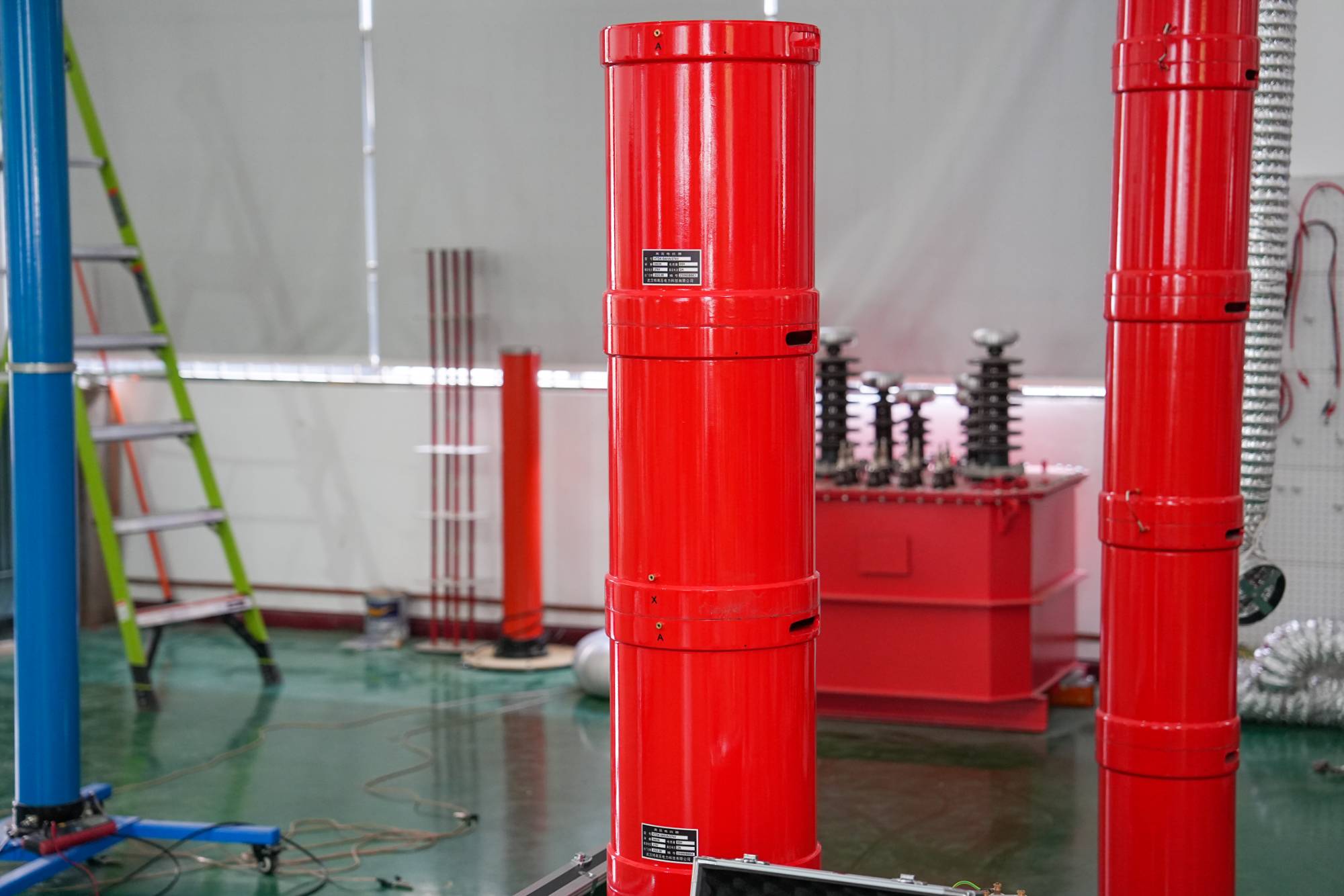
What are the small details involved in selecting series resonance?
2025-10-28Many people believe that when choosing a series resonance (also known as a series resonance withstand voltage device), they hope to have a preliminary understanding of the small details involved in selecting a series resonance? After all, many people have spent a lot of time and effort in the previous selection process, but still haven't found the suitable series resonance for themselves.When choosing a series resonance, it is important to understand whether its performance is stable or what its detection power is. A series resonance with higher detection power and stable performance can detect all problems within a few minutes during detection, and specific data values can also be obtained from the LED display screen. At this point, it is also very helpful for restoring the production capacity of the equipment, as equipment failure can seriously affect its character and prevent it from producing very good products. How can it have its own position in the market.When selecting a se
MORE -
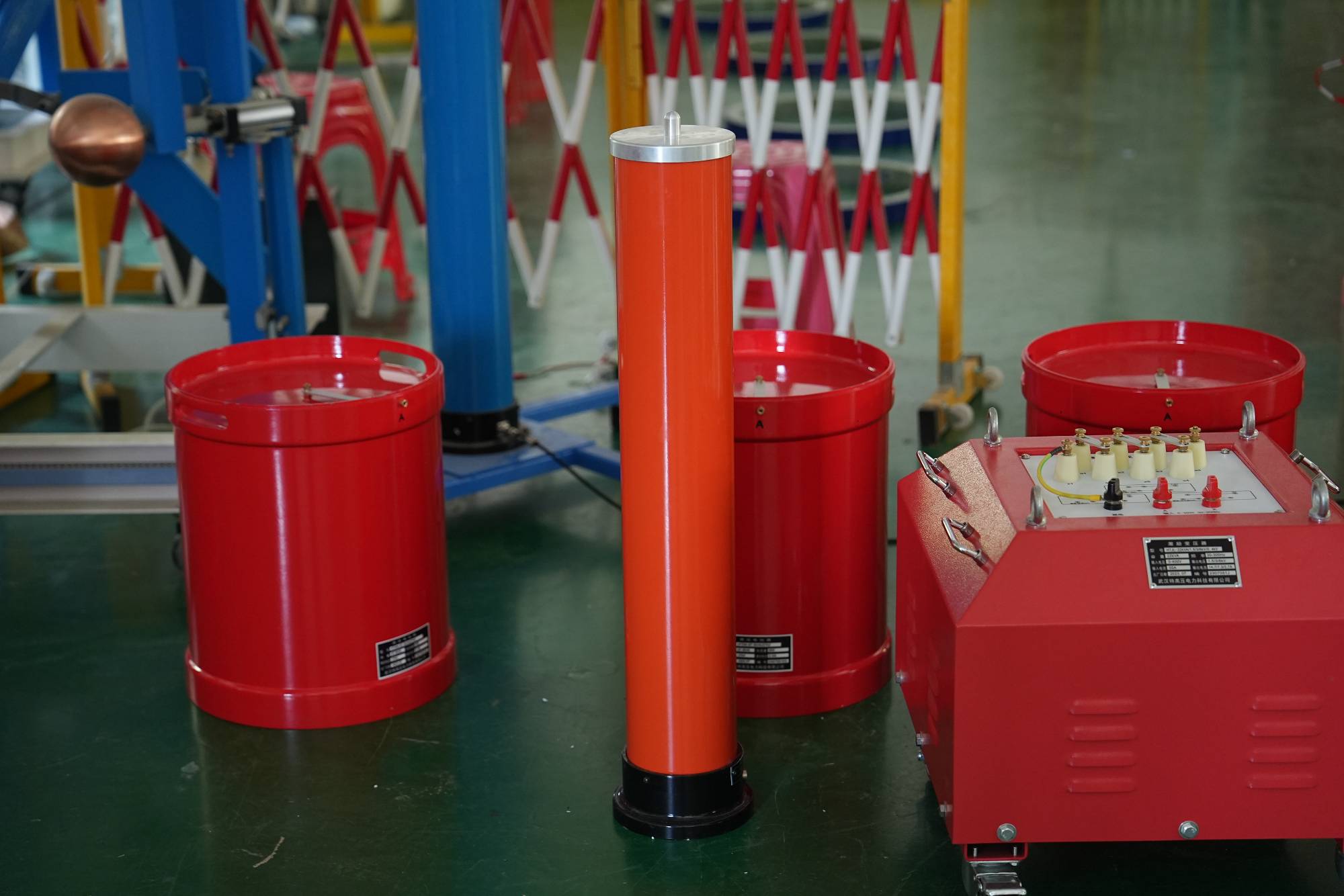
Series resonance technology is mature and widely applicable
2025-10-27If the series resonance purchased by oneself does not have a very high technical content, or if various faults always occur during use, it will seriously affect its usability and cause great losses to one's own factory. However, now that the series resonance technology is mature and widely applicable, it is a testing equipment that many factories are competing to choose.Any manufacturer needs to ensure that a certain testing equipment has a very high technological content and very accurate detection performance when designing it, in order to become an advantage of their product and have corresponding value in the market. The series resonant device can highlight this point. Its entire detection speed is very fast, with high accuracy. With the correct operation, it can detect the problem of factory equipment in just a few minutes. It can also use data analysis on the LED screen to understand how to solve product equipment failures and the overall production efficiency of the factory.
MORE -
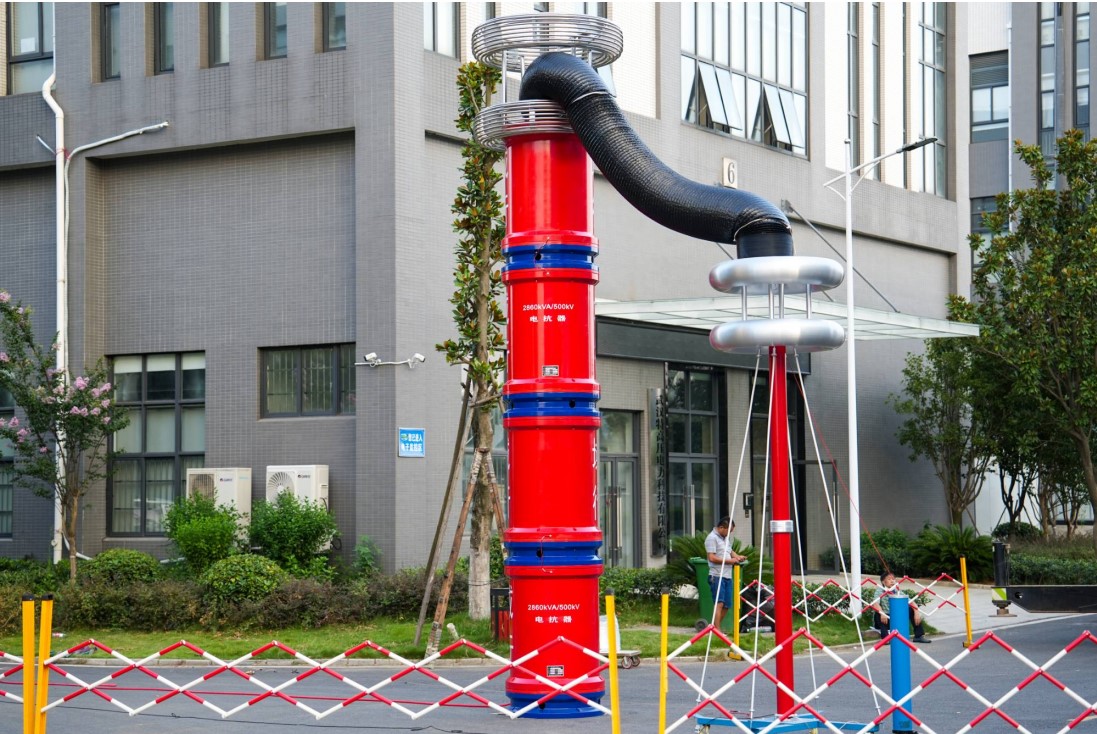
Strong series resonance function and strong protection
2025-10-27Regardless of the type of testing device purchased, it is necessary to ensure that it is a highly powerful and suitable testing device for the needs of one's own factory. Every customer in the market should choose it now.For example, when using series resonance, people may find that the operation is very simple. Before using series resonance, it is necessary to understand whether there is a problem with its circuit. Once this is determined, as long as it is installed properly, simple data operations can be used to find out what the fault is in their own equipment within a few minutes. Through corresponding data analysis, a good method can also be found to accurately detect electronic faults. More and more people now consider series resonance when choosing a powerful electronic detection device, which can ensure that customers will not suffer any losses during use and can also provide me with satisfactory detection results.The self-protection of series resonance equipment is also ve
MORE



